All about common thyme
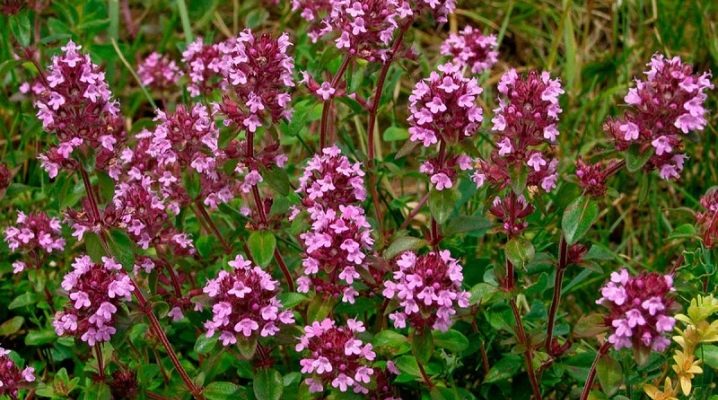
Thyme is a versatile plant that is used in cooking, as well as in perfumery and folk medicine. The grass is unpretentious and does not require special care. Therefore, even a beginner can grow it on his site.
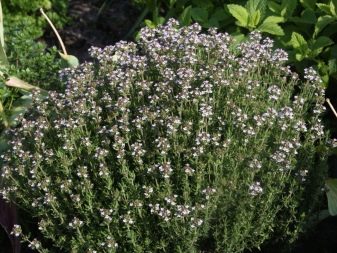
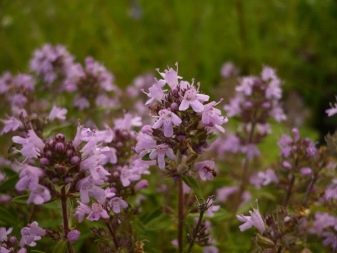
Botanical description
Common thyme is also known to many people as thyme. In Latin, the herb is called Thymus vulgaris. Its habitat is wide enough. An unpretentious perennial plant found in Central Asia and Russia. In nature, such grass can be found in or near the forest. In height, an adult thyme grows up to 30-35 centimeters. Its stems are woody, and the leaves are rounded and slightly elongated in length. The edges of the sheets can be either solid or serrated.
Thyme blooms from June to late August. At this time, small white or pink flowers appear on it, collected in large inflorescences. Thyme looks very beautiful at this time. Many gardeners plant this plant on the site precisely because of the attractive appearance of the flowering thyme. After flowering is complete, seed pods appear on the plants.
The fruits can be harvested and used for the propagation of thyme. Seeds remain viable for 7-8 years.
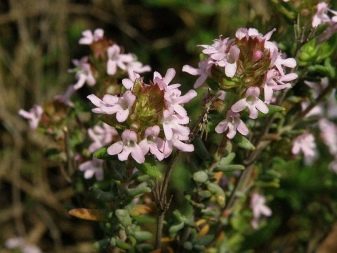
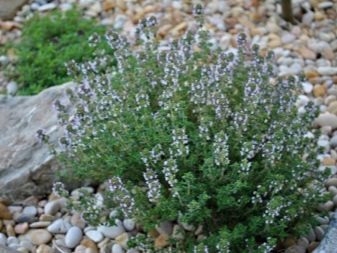
Varieties
Now there are a large number of varieties of this plant. The following types of flowers are best for growing on a home plot.
- Creeping... This is a short plant. In height, it grows up to 15 centimeters. This type of thyme is unpretentious and can grow in both cold and hot regions. This thyme blooms in the second half of June. Blooming shoots can be harvested and harvested for the winter. The most popular creeping thyme varieties are Alba, Fredo and Coccineus.
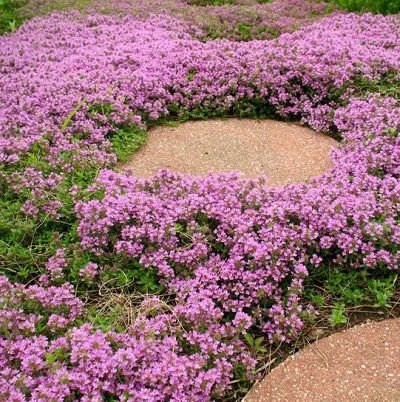
- Citric... This variety of thyme got its name due to the fact that its flowers smell like real lemons. Plants are tall enough. Their young foliage is light yellow in color. But over time, it starts to turn green. This type of thyme is thermophilic. Therefore, the bushes must be covered for the winter. Such plants are most often used for landscaping the site.
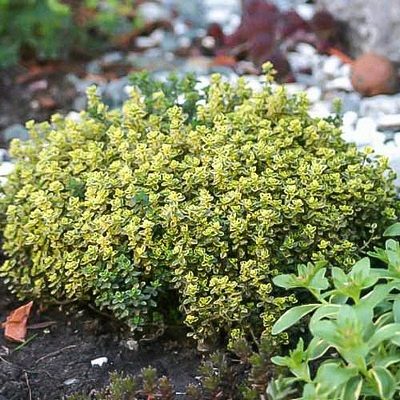
- Mossy... The main feature of these plants is their small size. The leaves of this thyme are small and dark green. Typically, this type of thyme is used to fill empty areas in a flower bed. The plant does not bloom at all.
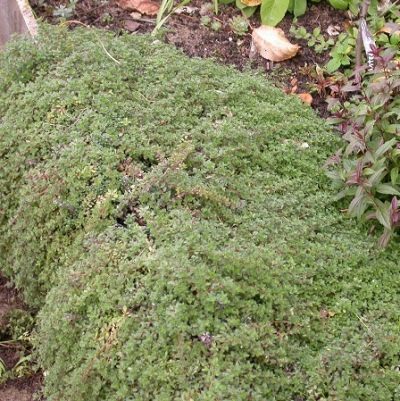
- Flea... This type of grass is also called mountain grass. The stems of such a thyme can be either naked or pubescent. In summer, pink flowers appear on them. The herb gives off a pleasant spicy scent.
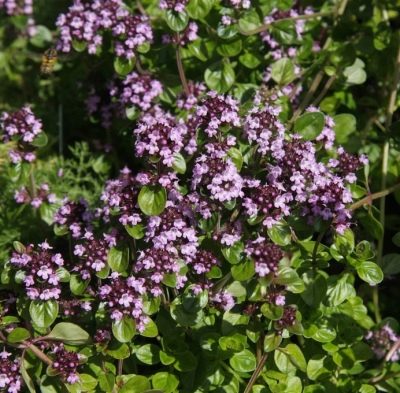
- Early... This type is popular among gardeners. It is often used to decorate front gardens and paths. This thyme grows best in sunny areas.

- Subarctic... Low-growing grass grows in many regions of the country. Its foliage is small, dark green, and the flowers are usually lilac. They appear in mid-June. At this time, the plants look especially beautiful.
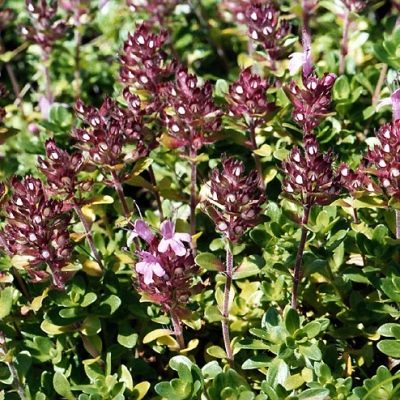
- Japanese... This undersized shrub spreads along the very ground. Most often it is used when decorating flower beds. It blooms almost all summer. Pink inflorescences have a very pleasant and rich aroma.
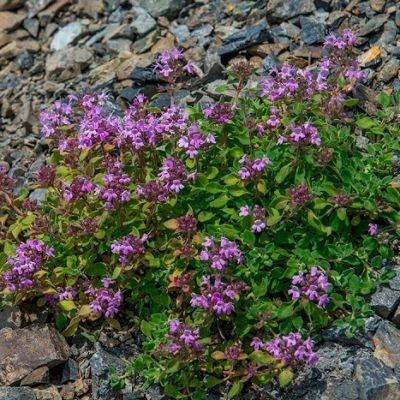
- Dofler thyme... This is a rather unusual plant. It has a lot in common with the creeping variety of thyme. But his foliage is very pubescent. This variety of thyme blooms for only two weeks.

- Thyme Compactus. This type of thyme grows to a height of 17-20 centimeters.The foliage of the plant is very small and covered with short down. Flowers come in both white and pink or even red. The most popular variety of thyme, Compactus, is Elfin.
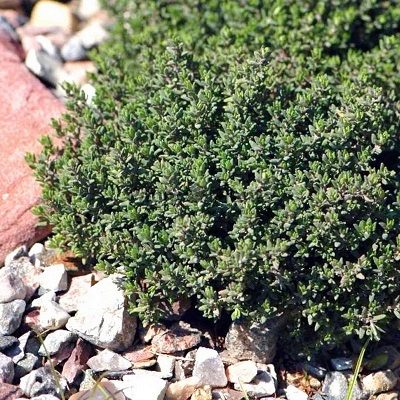
- Honey... Such plants grow well in areas with calcareous soil. Thyme has excellent drought tolerance. Gardeners appreciate it for its strong aroma. Plants are used both to decorate plots and to obtain high-quality raw materials.
Honey thyme is an excellent honey plant. Therefore, it is recommended to place it next to tomatoes, eggplants and peppers. Thus, it will be possible to attract pollinating insects to your beds.

- Rainbow... This type of thyme is also known as vegetable or sun thyme. This is due to the fact that the plant is light-requiring and is often used in cooking various dishes. These plants have green leaves with a grayish tinge and a strong aroma.
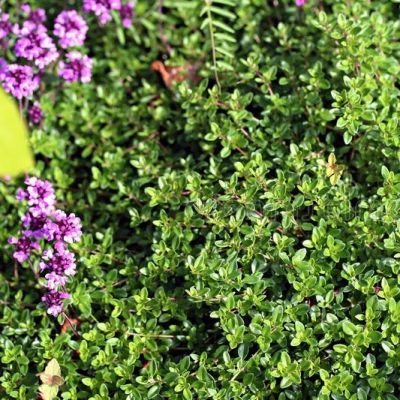
- Pygmy... A low-growing type of garden thyme is used to decorate the site. It blooms in late spring. At this time, the plants are covered with beautiful small pink flowers.

- Forest thyme... It is these plants that are most often found in the forest and on the edges. This type of thyme takes root well in any conditions. The shoots of such a thyme are standing. Their average height is 10-12 centimeters. Forest thyme blooms throughout the warm period.
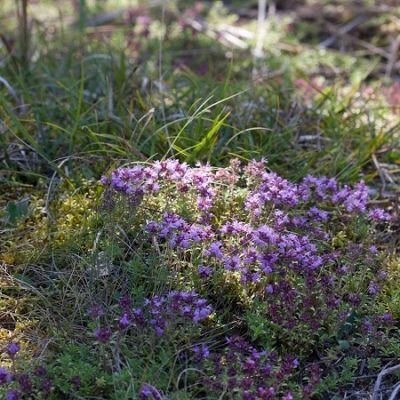
- Sommertime... This type of thyme is suitable for growing in small pots and flowerpots. Tanks with thyme in the warm season are on the street. In the fall, they are transferred to the house. The fragrant shoots of this thyme can be used to prepare many dishes. It is recommended to cut them off regularly. Indeed, in place of the cuts, new spicy stems quickly grow.
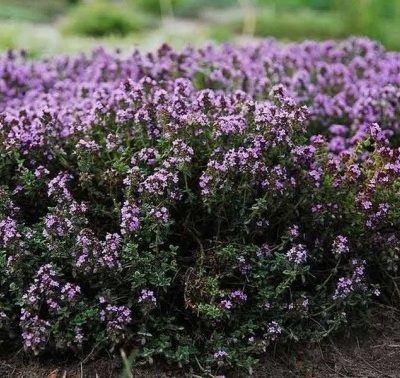
- Crimean... In nature, this type of thyme is found in the Crimea. It is well adapted to drought. It can be grown even in areas with very poor soil. Plants do not need special care.
All of these varieties of thyme are readily available commercially. It is quite possible to plant several types of this plant on one site.
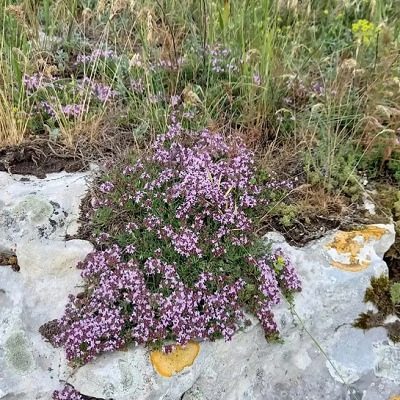
Landing
You can grow thyme at home both as seedlings and seeds.... The soil for planting plants has been prepared since autumn. At this time, it is dug up and cleaned of plant residues. Then compost and fertilizers with phosphorus and potassium are embedded in the ground. At the beginning of spring, the site is dug up again. Do this the day before sowing the seeds. Thyme should be planted in well-lit areas. Root vegetables, cucumbers and cabbage can be excellent predecessors for it. It is worth planting only after the threat of return frosts has passed.
For sowing seeds, you need to prepare small rows. The distance between them should be within 30 centimeters. It is recommended to cover the top of the groove with a thin layer of sand. In order for the seedlings to appear on the site faster, it should be covered with a film. As soon as the seeds germinate, it will need to be removed. At the same time, it is important to thin out the seedlings.... If the gardener plans to plant thyme seedlings, it is recommended to prepare the seedlings at the end of February. In this case, the thyme will have time to grow up before being transplanted into the open ground.
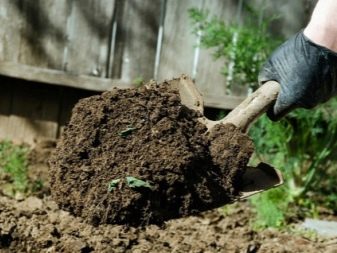
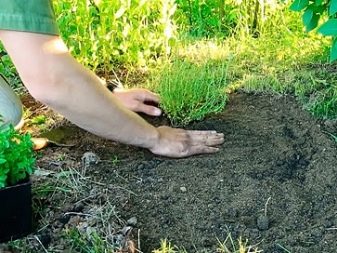
Care
Thyme is an unpretentious plant. Therefore, it is very easy to care for him.
- Watering... You need to water the plant, focusing on the condition of the soil. Waterlogging of the soil must not be allowed. This will cause the plant to become sore. For irrigation, it is worth using warm, settled water. So that a dense crust does not form on the soil, it is recommended to loosen the beds after watering. It is also important to remove all weeds in the process. If the summer is rainy, the soil around the plants is sprinkled with small pebbles or river gravel. This is done so that the water in the area does not stagnate.
- Top dressing... Fertilize the soil usually before planting thyme. In the future, the plants are fed once every 1-2 years. It is best to use urea as a top dressing.But the use of fresh manure should be abandoned. If the soil in the area is too acidic, a small amount of wood ash can be added to it. This is usually done in the fall.
- Pruning... Ornamental plants are recommended to be pruned twice a year. In spring, gardeners shorten the shoots, and after flowering, remove dry inflorescences. In order to prevent too strong growth of thyme, the sprouts appearing on the site must be regularly removed.
It is recommended to cover thermophilic varieties of thyme for the winter with spruce branches or a thick layer of dry foliage. This is especially important for gardeners living in the northern regions of the country.


Reproduction
In nature, thyme is distributed only by seeds. But gardeners may well propagate thyme vegetatively. This is done in several main ways.
- By dividing the bush. A healthy plant must be carefully dug up. Next, with a shovel or a sharp knife, the plant must be divided into several parts. They can be planted immediately in the holes prepared in advance. It is recommended to divide plants at the age of 3-4 years in this way. They already have a fairly powerful root system.
- Cuttings... Young annual shoots can also be used for plant propagation. They are cut into pieces up to 5 centimeters long. These cuttings are rooted in the right place. To make them take root faster, they are covered with a jar. After 2-3 weeks, the cutting should take root. At this stage, the shelters can be removed.
Both methods of propagation preserve the original varietal characteristics of the plant.

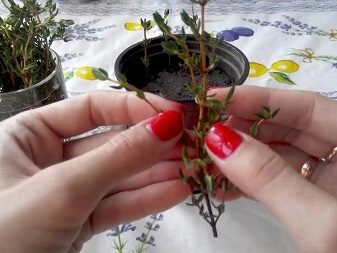
Diseases and pests
Thyme is resistant to most diseases. In addition, its pleasant scent repels pests. But in some cases, as a result of improper agricultural technology, the following insects appear on the plants.
- Onion moth. Noticing these small butterflies on the stems, the plants should be treated with any proven insecticides.
- Aphid... Inactive small insects usually settle on the underside of foliage. A soap solution can be used to combat these pests. Plants are sprayed with them several times. The break between procedures should be no more than a week.
- Sandy slow. These bugs are small in size. Therefore, it is quite difficult to notice them. Poisoned baits are used to control these pests. You can buy them at any gardening store.
Thyme growing on the site is an excellent decoration of the territory. Therefore, an unpretentious and fragrant plant can be planted both in the garden or in the beds, and next to the house. Thyme will grow well everywhere.

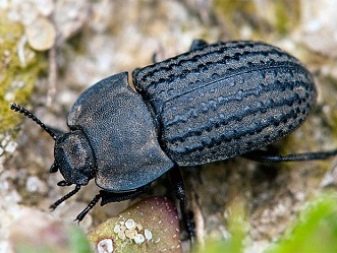








The comment was sent successfully.